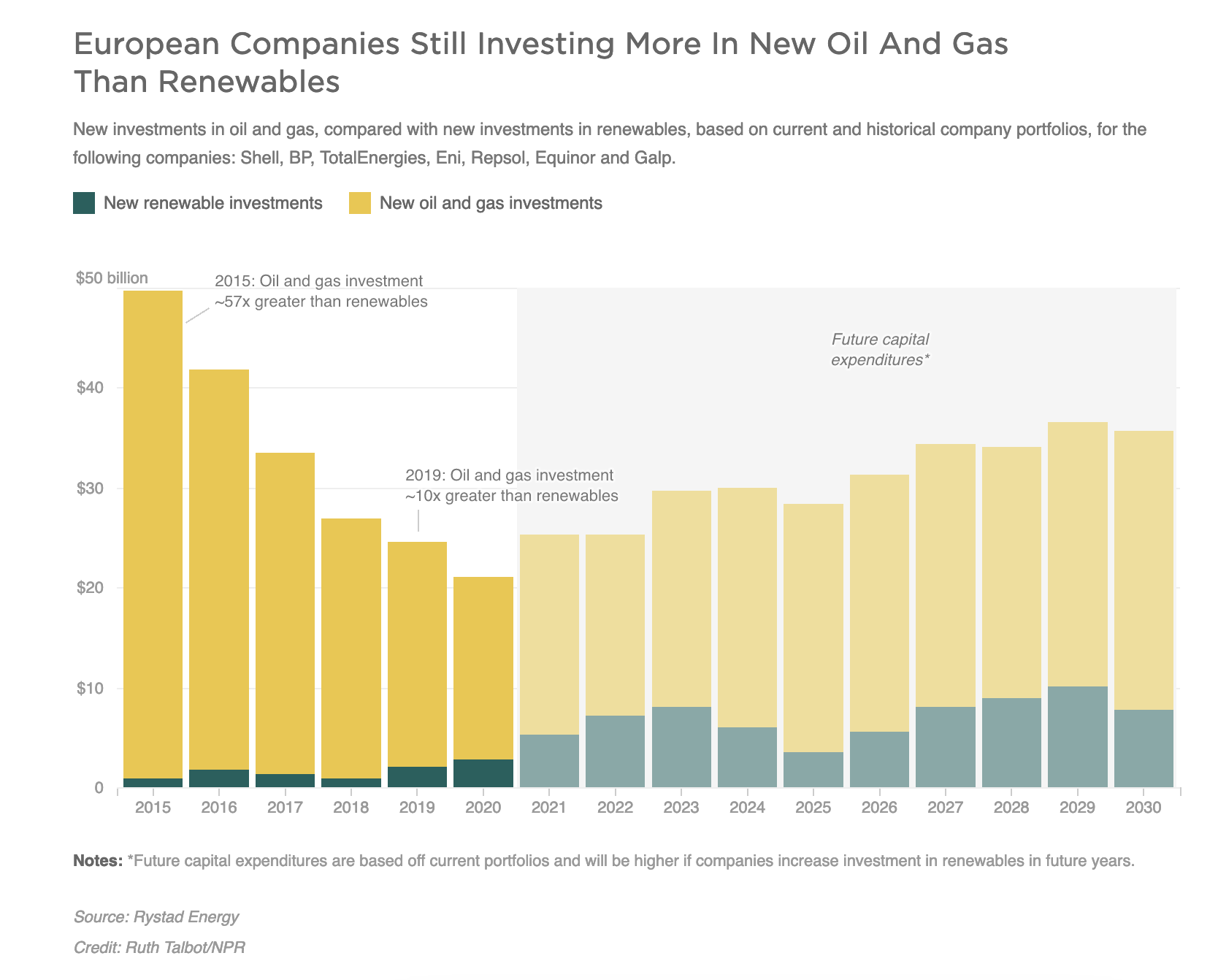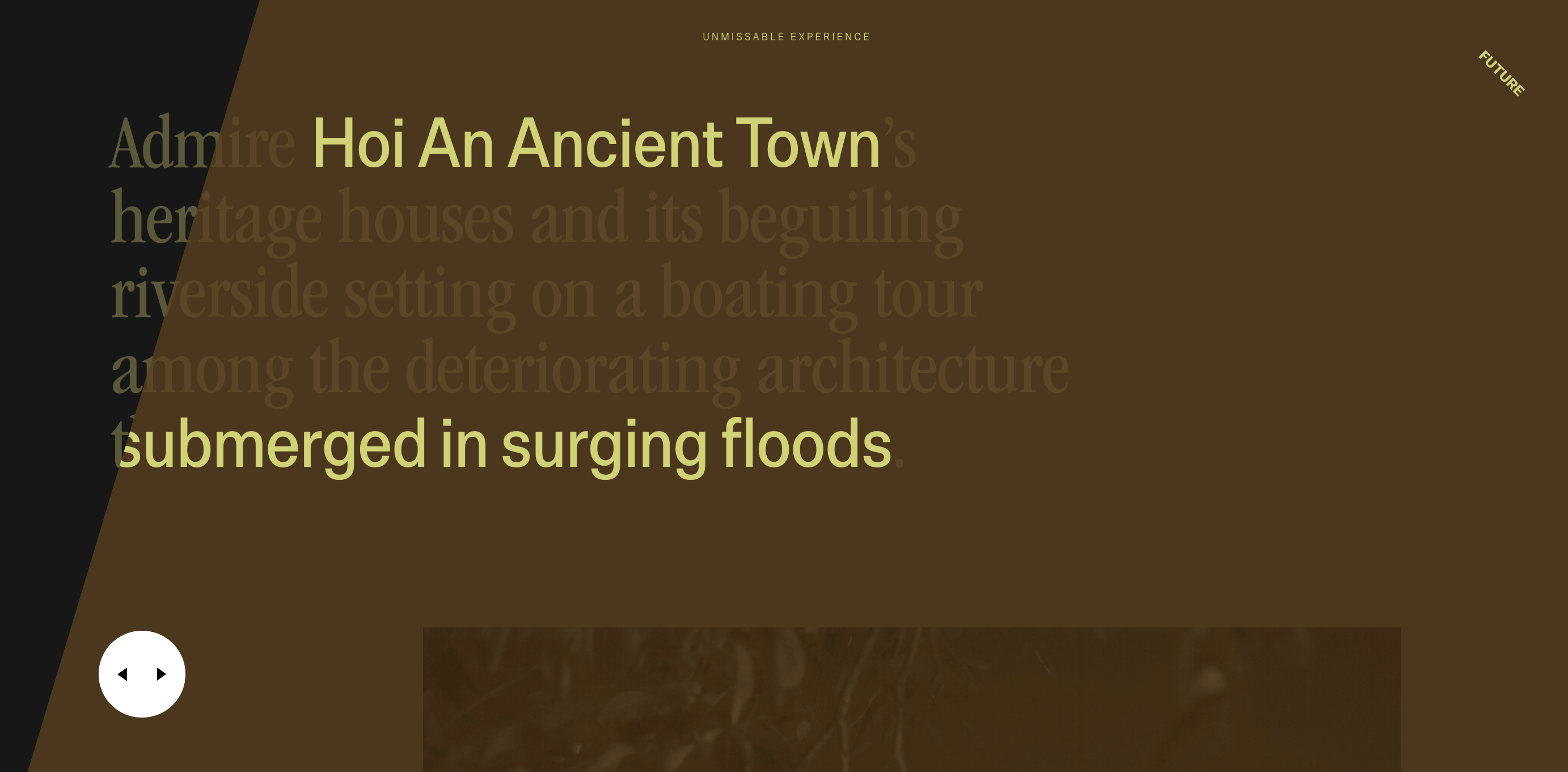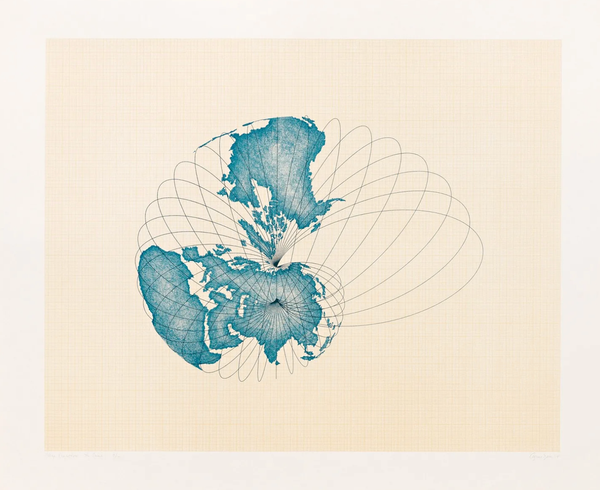8 years
Another Climate Week, the false hope of carbon capture, and a 2-degree world.
This week is Climate Week. Over the past decade-ish (since 2009), it has marked the lead-up to the United Nations General Assembly with environmental speeches, protests, and pronouncements.
Despite 10+ years of this tradition, data from the past decade suggests we are still headed in the wrong direction*:
- 10% rise in CO2 emissions
- 1.1 degrees C (2˚F) of warming above pre-industrial levels
- Sea level rise of +1.6in (more in many places)
- Record low ice sheets, declining 13% each year
* Stats above from WRI (there are more recent data available, but this was a nice summary article).
The latest IPCC report sounded a forceful alarm this year: we must cut emissions in half by 2030 (8 years), or we have little to no chance of avoiding a world with 1.5˚C of warming. 1.5˚C represents a mileston, an ecological tipping point, at which there is little “going back”, at least in this century.
We already know what a climate crisis looks like; we are living in one now. More deadly natural disasters, longer heat waves, melting ice caps. The whole lot.
Technocrats and billionaires have pointed to carbon capture/removal as the silver bullet solution. In climate terms, this can be described as the “have your cake and eat it too” approach. Continue to spew harmful emissions to the atmosphere, suck them out, and store them somewhere less hamrful.
Of course, Big Oil loves this solution. It means they can continue their death spiral into ecological disaster. In fact, an NPR analysis shows that they are counting on a “slow transition” away from fossil fuels by relying on carbon capture. Future capital expenditures shows 10x more spending on oil and gas than on renewables (despite the cost of renewables dropping every year).

I am not anti-carbon capture, by any means. But would you like to know what our current, state-of-the-art carbon catpure machines are capable of doing? I’ll show you:
The world's biggest carbon capture plant, Orca, opens tomorrow in Iceland.
— ᴊᴏᴀɴɪᴇ ʟᴇᴍᴇʀᴄɪᴇʀ (@JoanieLemercier) 1:29 PM ∙ Sep 8, 2021
It will represent 40% of the world's direct air carbon capture capacity.
It will remove ~870 cars worth of CO2 emissions per year.
🤯So little so late🤯
qz.com/2055951/climew…
The largest, most advanced carbon capture plant in the world is capable of removing a tiny fraction of CO2 emissions. Just 870 cars worth per year (original Quartz article here).
Carbon capture technology will likely improve; but it’s simply not fast enough. It will cost lives, and, contrary to what politicians might claim (looking at you Joe Manchin), delaying a swift transition to renewables will cost trillions of dollars to the economy.
“As a paper released last week by the University of Oxford’s Institute for New Economic Thinking makes clear, the cheapest path forward, by many trillions of dollars, is a speedy switch to renewable energy, which essentially decarbonizes the world within a quarter of a century, leaving lots of expensive hydrocarbons in the ground and relying instead on ever-cheaper renewable energy. As the authors explain it, ‘the Slow Transition is not as cheap as the Fast Transition. This is because the current high spending on fossil fuels continues for decades and the savings from renewables are only realized much later.’”
- Bill McKibben on the New Yorker
The short-term thinking on this is staggering. When I think about the urgency of our collective climate emergency, I feel rage, grief, despair, and at times, despondent.
This week, there are things to do. There are channels to drive this energy.
This Friday, Fridays for Future is planning another Global Climate Strike. In Boston, I’ll be joining other voices in demanding a better future. You can find a strike in your city by using the interactive map on this page. I hope you’ll join me.
Something to read

A City Is a City — Against the metaphorization of data
I took a weird and wonderful journey into this book commentary by Everest Pipkin this week, and found some incredible ideas about data in urban planning to chew on. (You may recognize the name, as I did, from their forceful rebuttal of cryptoart as an ecologically and ethically sound model).
While the commentary is about the upcoming book, A City is not A Computer by Shannon Mattern, it also becomes much more than that; it also offers a stinging look at the very systems (data visualization, data cleaning, surveillance methods) in which we practice. There are so many stimulating quotes to reference, but I’ll limit it to just one here and let the rest of the piece stand on its own:
“…data will be skewed by power wherever it exists; at least under capitalism, empire, and the carceral state. The very practice of “collecting data” (empirical data, what is envisioned as “true” data) is a project of a worldview that believes in a single empirical truth. The city as a dataset — even when operated with best intentions by what I can only assume are very overworked civic servants — intends to subsume the individual experience into a pie chart that can be read, at a glance, by someone in power.”
Read Everest’s full piece here. And once you do, comments or replies to this newsletter for some discussion are welcome!
Explore this

2-c.earth
This stunning interactive piece by Jingqi Fan uses immersive storytelling by combining ambient sound textures, photography, and a disturbing “future” scroller to pain a picture of a 2 degree Celsius future in five locations across the world. Clicking and dragging the slider at the bottom of the page allows you to preview what this world might look like. I hope to see more of these climate art pieces in the future (including a tweet with gif preview below).
NEW WORK✨✨
— Jingqi Fan (@jingqifanfan) 8:30 PM ∙ Sep 16, 2020
A labor of love that began early this year as my undergrad degree project, 2°C EARTH is an interactive experience with the purpose of educating and inspiring more people to join in our collective fight against climate change.
2-c.earth
Useful tools

CSS target blank icon, every time
Listen, I’m probably way late to the game on this one, but I really appreciated this Codepen snippet I found last week. Adding this CSS tag for all `a` links will ensure that anytime you “link out” to another page, the helpful box-arrow icon appears to the right. Which is not just “helpful” but also a W3 recommendation for accessbility. Set it and forget it.





